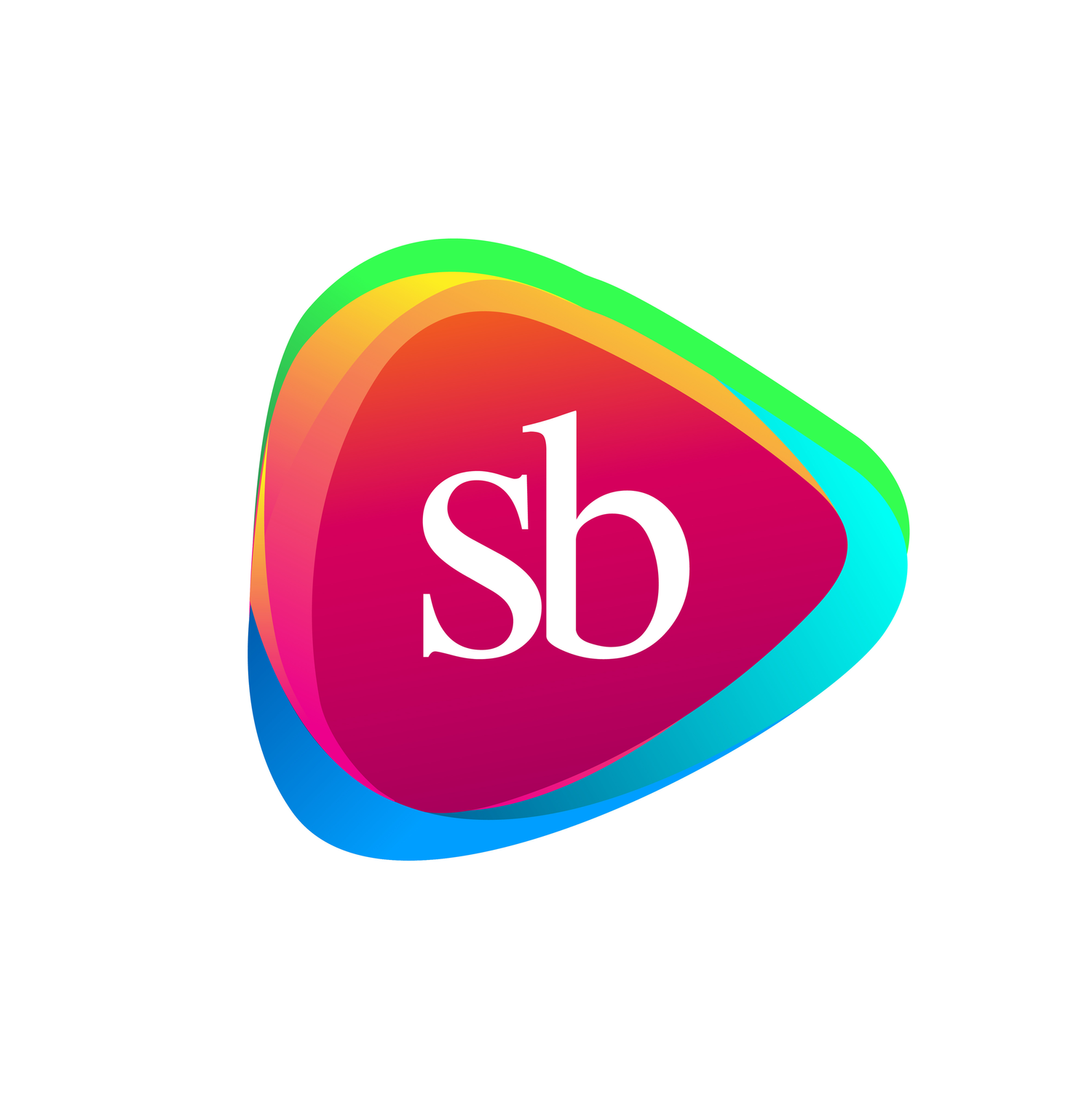Team:
Lead UX Designer : Simón Blanco.
UI Designer, UX Writer, UX Researcher, Product Owner.
Product Overview:
Our website is designed to enhance student engagement and comprehension of their SAT practice test results through an intuitive scorecard. The overview page on the left delivers a concise summary of scores and key metrics, enabling students to quickly grasp their performance. On the right, a detailed breakdown lets students review each question's answers with a clean, expandable layout that provides explanations or hints. This design ensures responsiveness across all devices, allowing seamless navigation from summary to detailed views. Interactive features, such as the ability to retake specific sections or access additional resources based on performance, further enrich the user experience and support targeted learning.
Homepage Before
Homepage After
PDF Capability for Score Cards
The integration of PDF capabilities for score cards enables users to generate, share, and manage score cards efficiently in a universally accessible format. This functionality offers several benefits:
User-friendly Sharing: PDF files can be easily shared via email or other platforms, facilitating collaboration among team members and stakeholders without compatibility issues.
Hand Off to Development:
We used DevMode to streamline the handoff process to developers by providing a set of tools specifically tailored for coding needs. DevMode offers a code-centric view where designers can share design specifications, such as measurements, colors, and typography, in a format that's easily digestible for developers. This mode allows developers to inspect elements, view CSS properties, and even copy code snippets directly from the design files.









